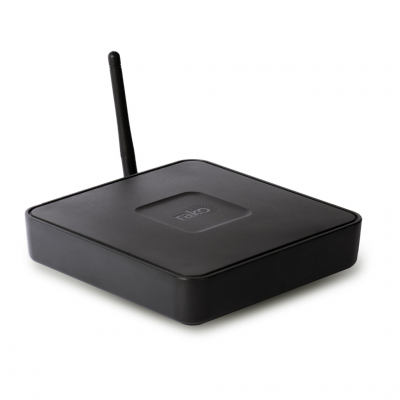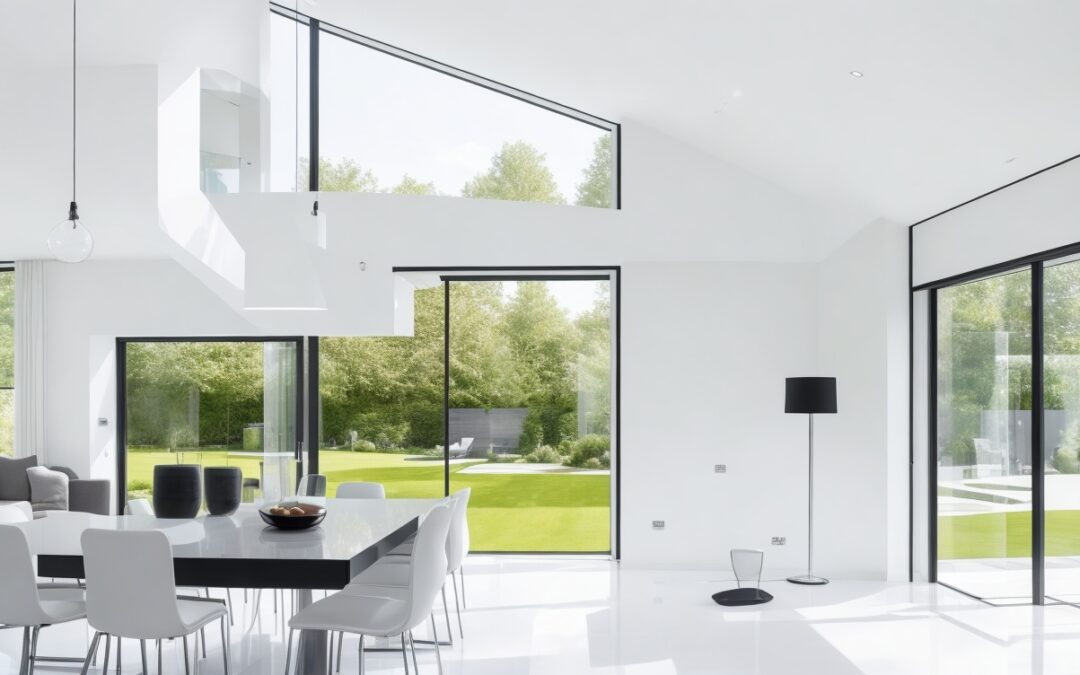Lighting plays a crucial role in creating comfortable and functional living spaces. It affects the appearance of colours, ambience, and even our mood. In the UK, inspiring residential lighting design has become increasingly important as homeowners seek to create spaces that reflect their personal style, optimise natural light, and minimise energy consumption.
Over the years, the UK has seen significant advances in residential lighting design. These include the integration of energy-efficient technologies, new fixture styles, and an increased focus on sustainability. The result has been an inspiring array of lighting options that allow homeowners to create unique and visually appealing spaces.
Key Elements of Inspiring Residential Lighting Design
One of the essential aspects of inspiring residential lighting design is harnessing natural light. Effective natural lighting can transform a space, making it appear larger, more inviting, and more energy-efficient. Some ways to maximise daylight in home designs include:
- Including large windows and skylights in strategic locations
- Utilising reflective surfaces, such as mirrors and glossy tiles, to redistribute light
- Opting for open-plan living areas to allow natural light to flow throughout the space
Artificial Light: Choosing the Right Fixtures and Bulbs
Opting for the right artificial lighting solutions is a key aspect of creating an inspiring lighting design in UK homes. These days homeowners have a plethora of options, such as chandeliers, floor lamps, LED downlights, and pendant lights. To make the best choice for your space, consider factors like your overall design aesthetic, room size, and the amount of existing natural light.
When it comes to light bulbs, ensure you choose energy-efficient options, such as LEDs, which have longer lifespans and consume less energy than traditional incandescent bulbs. Additionally, selecting bulbs with the appropriate colour temperature and brightness levels is essential for creating a comfortable and inviting atmosphere.
Task Lighting: Illuminating Work and Reading Areas
Task lighting is a vital aspect of residential lighting design. It ensures that specific areas, such as kitchen countertops or reading nooks, have ample illumination to make tasks easier and less strenuous on the eyes. To create an effective task lighting setup, consider the following:
- Opt for adjustable fixtures that can be easily angled or moved
- Use bright, focused light sources to eliminate shadows and glare
- Position your task lighting within close proximity to the work surface to maximise effectiveness
Ambient Lighting: Creating Mood and Atmosphere
Ambient lighting is all about setting the overall tone and mood of a space. Some common ambient lighting options include recessed or track lighting, wall sconces, and dimmable chandeliers. When designing ambient lighting, consider:
- Determining the desired mood for each room and selecting fixtures accordingly
- Using dimmers to allow for flexibility in light levels and ambience
- Balancing brightness levels to avoid areas that are too dark or overly illuminated
Accent Lighting: Highlighting Art and Architectural Features
Accent lighting adds visual interest to a space by highlighting specific features, such as art pieces, architectural elements, or focal points. Some accent lighting options include spotlights, track lights, and uplights. When designing accent lighting:
- Position the light source at a 30-degree angle to emphasise the object while minimising shadows
- Ensure the accent lighting is at least three times brighter than the surrounding ambient light for maximum impact
- Use adjustable fixtures to easily alter the focus of your accent lighting as needed
Innovative Residential Lighting Designs in the UK
The UK is home to some truly inspiring and innovative residential lighting designs. Some examples of this creativity can be seen in architectural masterpieces, such as:
- The use of natural light in modernist buildings to create shadow patterns and dynamic illuminated spaces
- The integration of artistic chandeliers and bespoke pendant lights that serve as both functional lighting and sculptural installations
- The use of hidden LED strip lighting to create unexpected and visually striking effects
These examples showcase how UK designers are pushing the boundaries of traditional residential lighting design to create truly inspiring living spaces.
The Shift Towards LED and Other Energy-Efficient Lighting Solutions
Energy efficiency has become a driving force in modern UK lighting design, leading to a significant shift towards LED and other energy-saving lighting solutions. Homeowners and designers are now focusing on reducing energy consumption while maintaining the aesthetic and functional requirements of a space.
The adoption of energy-efficient lighting solutions has had a considerable impact on residential design in the UK. The small size and flexibility of LED technology have enabled innovative fixture designs, such as slim profile downlights and customisable LED strip lighting. Additionally, energy-efficient bulbs have become more affordable and accessible, making them an attractive option for homeowners looking to reduce their energy consumption.
The Future of Residential Lighting Design in the UK
The future of residential lighting design in the UK will likely continue to see an emphasis on energy efficiency, sustainability, and technology integration. Some emerging trends include:
- The increased use of smart lighting technology, allowing homeowners to control their lighting remotely, set schedules, and adjust brightness and colours
- The rise in popularity of vintage-inspired lighting fixtures that combine energy efficiency with a nostalgic design aesthetic
- The growth of biophilic design, focusing on connecting interior spaces with nature and harnessing natural light to create a harmonious living environment
The impact of inspiring lighting design on residential spaces in the UK is evident in the continued evolution of lighting technologies, sustainable practices, and creative innovation. Homeowners and designers seeking to create truly distinctive and inviting spaces must consider the importance of lighting when designing a home, as it can dramatically transform a living environment. With advances in technology and an increased focus on energy efficiency and sustainability, the future of UK residential lighting design promises to be bright and inspiring.
The Role of Technology in Lighting Design
As technology continues to advance, it will undoubtedly play a significant role in shaping the future of residential lighting design in the UK. The integration of smart lighting systems, app-controlled lighting, and even the potential for virtual or augmented reality in lighting design offers exciting possibilities for innovation and customisation in the coming years.
The Use of Lighting Controls to Create Mood Lighting
The essence of an inviting and comfortable home environment often lies in its ability to create customisable moods through lighting. Lighting controls play a crucial role in achieving this versatility by allowing homeowners to adjust the intensity, colour, and distribution of light easily. There are several methods to implement lighting control systems that can drastically enhance mood lighting capabilities:
-
Dimmers: Possibly the most popular method of lighting control, dimmers allow users to adjust the brightness of lights incrementally. When strategically placed on various circuits and light fixtures, homeowners can create a tailored ambience in any room, whether they desire a subtle, calming glow or a bright, vibrant atmosphere. Dimmer switches are available in manual form, as well as digital models that offer a greater degree of control and programmability.
-
Scene Setting: Scene setting control systems enable homeowners to pre-program various mood lighting scenarios or "scenes" for different activities or occasions. For instance, a homeowner can create a scene with dimmed lighting and soft hues for a movie night or a dinner party ambiance with warm, accentuated lighting to showcase artwork and special architectural features. The scene settings can then be recalled via wall-mounted keypads or handheld remotes for a seamless transition between moods.
-
Smart Lighting Control: With the rise of smart home technology, homeowners can now control their lighting from virtually anywhere using their smartphones or tablets. These smart lighting control systems often include an app interface where users can adjust brightness, colour temperature, and create lighting schedules. The integration of voice assistants, such as Amazon's Alexa or Google Assistant, allows for hands-free voice control of the lighting settings, enhancing user convenience and accessibility.
Light Dimming Techniques
Dimming lights not only helps create versatile mood lighting options but also contributes to energy savings and bulb longevity. Various dimming techniques can be used depending on compatibility with the light source and the desired control method:
-
Triac Dimmers: These dimmers are designed for conventional incandescent and halogen bulbs and use a variable resistor to regulate voltage supplied to the bulb, thereby controlling the brightness.
-
Electronic Low Voltage (ELV) Dimmers: Suitable for LED and compact fluorescent (CFL) bulbs, ELV dimmers use a more sophisticated method of controlling voltage. These dimmers allow for smooth, flicker-free dimming across a wider range of brightness levels.
-
Digital Addressable Lighting Interface (DALI) Dimmers: DALI dimming systems utilise digital communication between the dimmer and individual light fixtures to achieve precise control over each light source. This system allows for greater customisation when setting up scene lighting and personalisation within a space.
Lighting App Control
In today's rapidly evolving technology landscape, app-controlled lighting has become increasingly popular for providing homeowners with unrivalled control over their lighting design. Using a Wi-Fi or Bluetooth connection, users can connect light fixtures and control systems to their smartphones, tablets, or even smartwatches.
Lighting app control provides a wide array of benefits, such as:
-
Remote Access: Homeowners can easily control their home's lighting from any location, provided they have an internet connection. This ability can be invaluable for security purposes, energy savings, and user convenience.
-
Customisation: Apps often offer comprehensive options for customising brightness levels, hue, and colour temperature for single or multiple light sources, enabling users to create unique and personalised lighting environments.
-
Scheduling: Users can set up lighting schedules to automate specific scenes or actions for different times of the day or week. This feature can help regulate energy usage and enhance comfort, well-being, and productivity within the space.
In conclusion, the incorporation of lighting controls, dimming techniques, and app control capabilities significantly enhances the versatility and customisation potential of residential lighting design in the UK. Homeowners can experiment with various moods, optimise energy efficiency, and experience unparalleled convenience when managing their home's lighting. By harnessing these innovative technologies, the future of UK residential lighting design is set to be both inspiring and highly adaptable.
FAQs
How can I maximise natural light in my home design?
To maximise natural light in your home, consider including large windows and skylights in strategic locations, using reflective surfaces like mirrors and glossy tiles to redistribute light, and opting for open-plan living areas to allow natural light to flow throughout the space.
What are some energy-efficient lighting options for residential spaces?
Energy-efficient lighting options include LED bulbs, compact fluorescent bulbs (CFLs), and intelligent lighting systems that employ motion sensors, timers, or smart controls to reduce energy consumption.
How can I create effective task lighting in my home?
For effective task lighting, choose adjustable fixtures that can be easily angled or moved. Use bright, focused light sources to eliminate shadows and glare, and position your task lighting within close proximity to the work surface to maximise effectiveness.
What role does smart technology play in modern residential lighting design?
Smart technology integrates app-controlled lighting systems and voice assistants to offer remote access, customisation, and scheduling features, providing homeowners with enhanced convenience and control over their home's lighting.
How do dimmers help in creating mood lighting?
Dimmers allow homeowners to adjust the brightness of lights incrementally, enabling them to create a tailored ambience in any room, from a subtle, calming glow to a bright, vibrant atmosphere. They also contribute to energy savings and prolong bulb life.
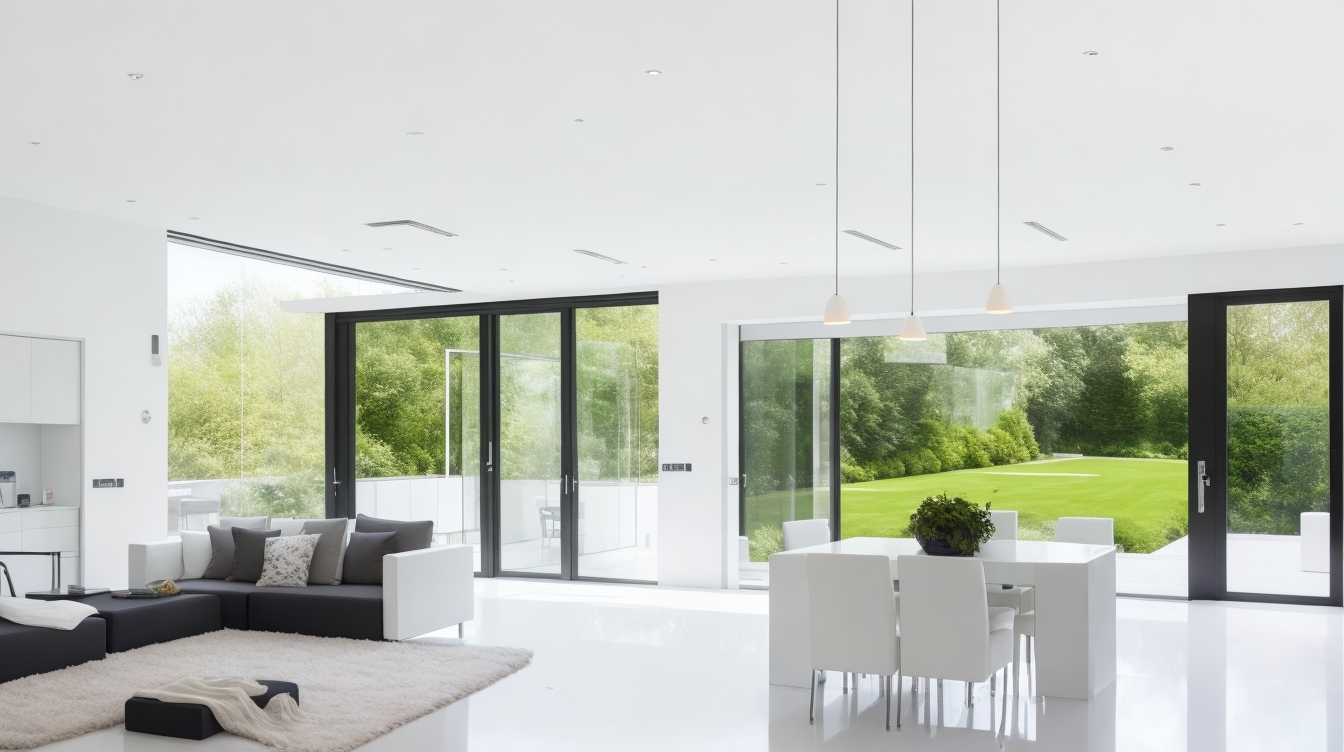
Rako Lighting Controls Systems
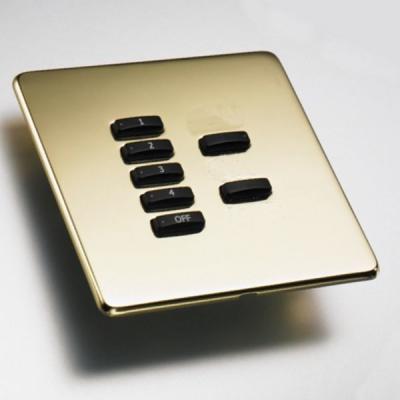
Rako Keypads
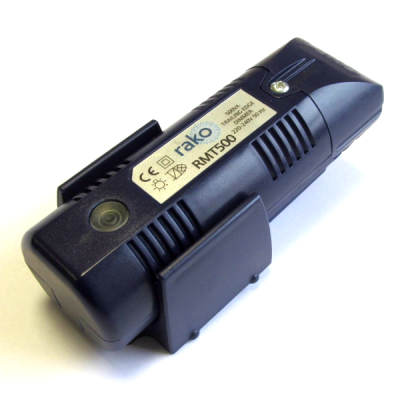
Rako Dimmers
